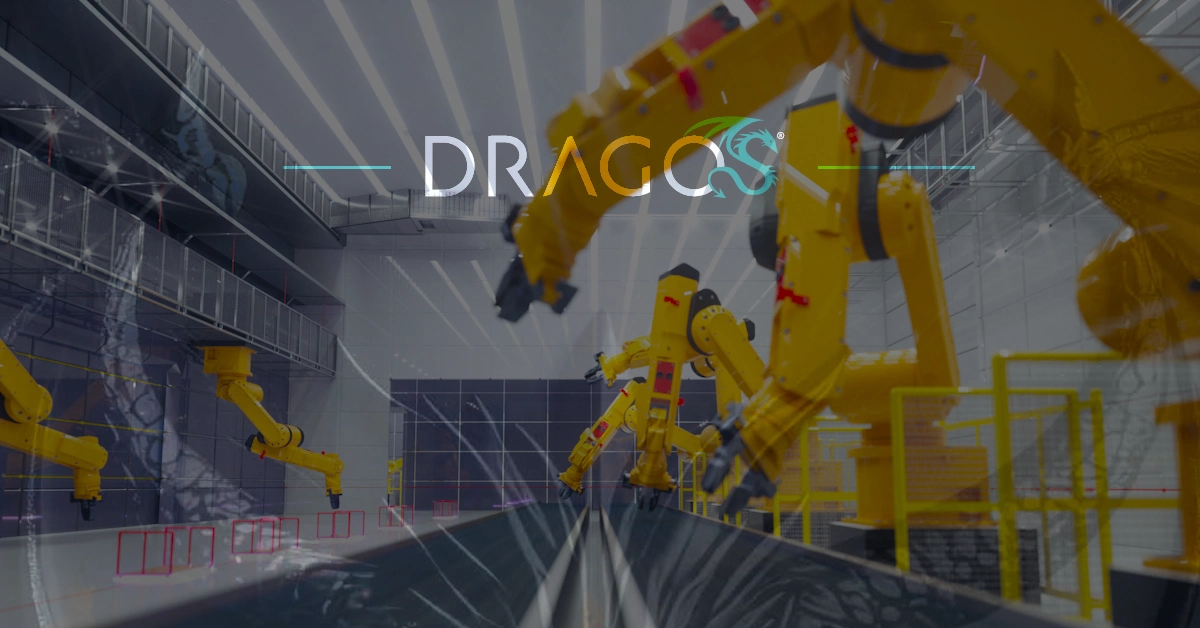Industrial Cybersecurity Alarm: Ransomware Attacks Explode by 87%, Manufacturers Bear the Brunt

In a stark warning for industrial cybersecurity, new research from Dragos reveals a dramatic surge in ransomware attacks targeting operational technology (OT) environments. The findings show an alarming 87% increase in ransomware incidents across critical industrial sectors, with manufacturing bearing the brunt of these sophisticated cyber assaults.
The report highlights a troubling trend of escalating attacks specifically designed to disrupt industrial control systems and manufacturing infrastructure. Cybercriminals are increasingly focusing their efforts on penetrating operational networks, exploiting vulnerabilities that can cause significant operational and financial damage.
Manufacturing companies have emerged as the primary target, facing unprecedented levels of cyber threats that can potentially halt production, compromise sensitive data, and result in massive economic losses. The rise in OT-targeted ransomware represents a critical shift in cybercriminal strategies, moving beyond traditional IT network infiltrations.
Experts warn that this trend underscores the urgent need for robust cybersecurity measures, enhanced threat detection capabilities, and comprehensive protection strategies specifically tailored to industrial control systems. Organizations must prioritize proactive defense mechanisms to mitigate the growing risk of ransomware attacks that threaten to disrupt critical industrial operations.
As cyber threats continue to evolve, industrial sectors must remain vigilant, investing in advanced security technologies and developing comprehensive incident response plans to protect against these increasingly sophisticated ransomware campaigns.

